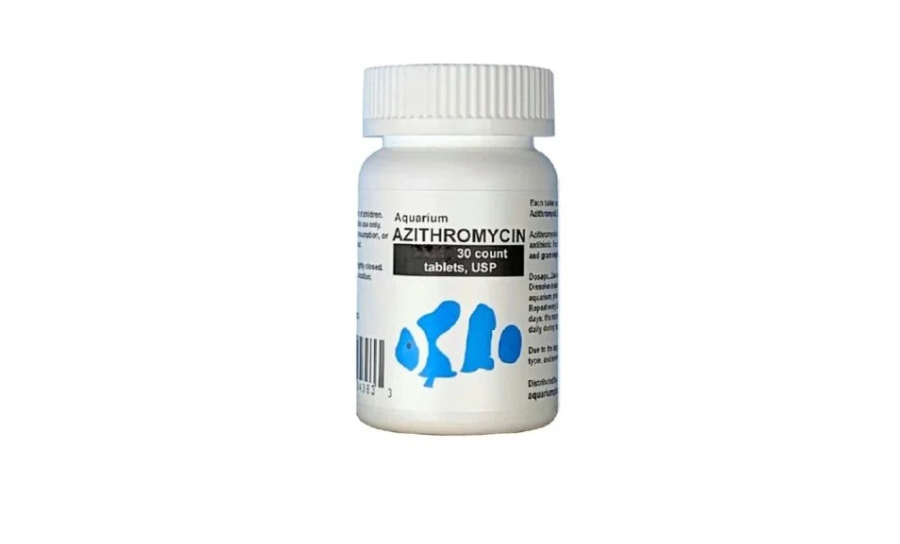Fish, like all living creatures, are vulnerable to bacterial infections that can quickly become life-threatening if not treated promptly. One commonly discussed treatment option in the aquarium world is Zithromax, a brand name for azithromycin, a broad-spectrum antibiotic. While Zithromax is more commonly associated with human medicine, fish-specific formulations are available and can be effective in managing bacterial issues in aquariums.
In this guide, we’ll explore how to properly use Zithromax fish antibiotics to treat infections, including dosage, safety tips, and when it's appropriate to use this medication in your aquarium.
What Is Zithromax (Azithromycin)?
Zithromax contains azithromycin, a macrolide antibiotic that works by inhibiting the growth of bacteria. In aquarium settings, it’s used to combat a variety of infections caused by gram-positive and some gram-negative bacteria.
Common conditions in fish that may be treated with azithromycin include:
-
Fin rot
-
Tail rot
-
Ulcerative lesions
-
Mouth fungus
-
Columnaris (Cotton Mouth Disease)
When Should You Use Zithromax in Fish?
Zithromax should only be used when you have confirmed or highly suspect a bacterial infection. Signs of infection include:
-
Ragged or disintegrating fins
-
Red streaks or inflammation on the body
-
Open sores or ulcers
-
Lethargy and loss of appetite
-
Cotton-like growths on the mouth or body
Proper Dosage of Zithromax for Fish
Dosage can vary depending on the product, so always follow the instructions on the fish-specific antibiotic packaging. If you're using fish-grade azithromycin, here's a common dosing guideline:
-
Dosage: 250 mg per 10 gallons of water
-
Treatment Duration: Treat once every 24 hours for 5 days
-
Water Changes: Perform a 25% water change before each new dose
-
Filtration: Remove activated carbon from filters during treatment, as it can absorb the medication
How to Administer Zithromax in an Aquarium
-
Quarantine the Infected Fish: If possible, move sick fish to a quarantine tank to treat them without medicating the entire aquarium.
-
Pre-Treatment Water Change: Perform a partial water change (20–25%) to improve water quality and effectiveness of the medication.
-
Dissolve the Medication: Crush the tablet (if applicable) and dissolve it in a small cup of aquarium water before adding it to the tank. Stir well to prevent undissolved chunks from settling.
-
Add to Tank: Slowly pour the mixture into the aquarium or quarantine tank.
-
Repeat Daily: Redose every 24 hours, along with partial water changes, for 5 consecutive days or as directed.
Important Safety Tips
-
Avoid overdosing: More is not better. Overmedicating can harm beneficial bacteria and stress your fish.
-
Monitor water parameters: Keep a close eye on ammonia, nitrites, and pH, as antibiotics can disrupt the nitrogen cycle.
-
Observe your fish: If symptoms worsen or if other fish begin showing signs of stress, discontinue treatment and consult an aquatic veterinarian.
-
Don’t combine with other medications unless you're sure they’re compatible with azithromycin.
After Treatment Care
Once the course is complete:
-
Resume normal filtration (replace activated carbon).
-
Monitor your fish closely for signs of recovery.
-
Continue to maintain clean water through regular water changes.
-
Consider adding probiotics or beneficial bacteria supplements to help restore biological balance.
Conclusion
Zithromax can be a powerful tool for treating bacterial infections in fish, but it must be used carefully and responsibly. Always opt for fish-specific formulations, follow the correct dosage and duration, and prioritize quarantine practices to prevent the spread of illness.

